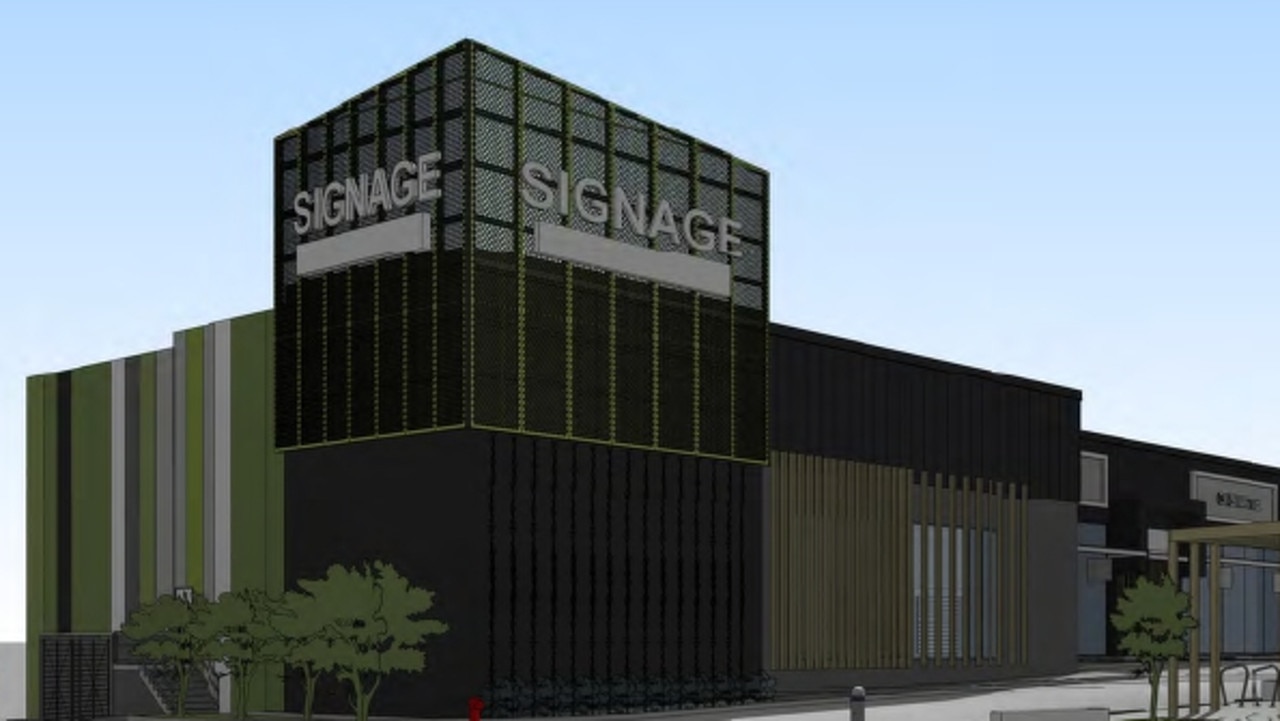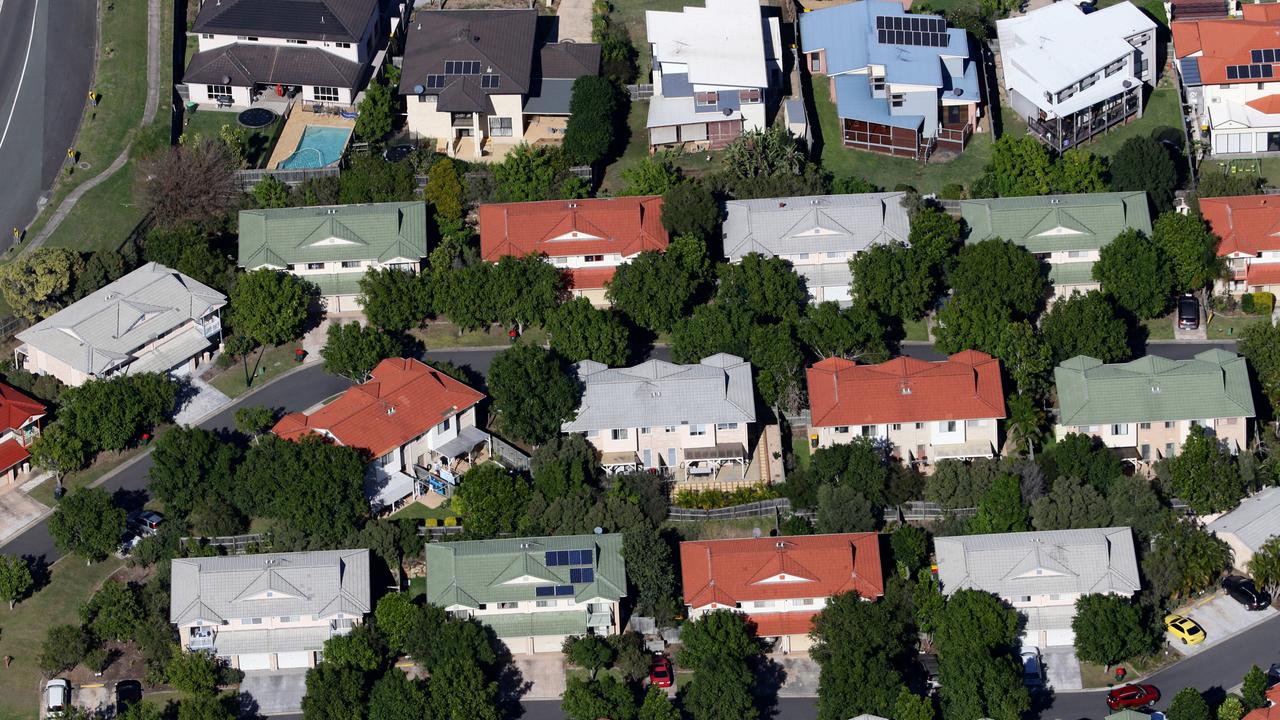Mortgage shock: Report warns 274 postcodes now at significant risk
The number of postcodes facing significant mortgage risk has spiked to 274, with shock figures warning of repayments taking up over 60 per cent of income in some areas. SEE LIST

Property
Don't miss out on the headlines from Property. Followed categories will be added to My News.
The number of postcodes in mortgage shock has spiked, with soaring property prices and interest rates across the country pushing repayments up to as much as 60 per cent of income in some suburbs.
A new Emerging Mortgage Risk Report by PEXA (Property Exchange Australia), which handles about 98 per cent of property settlements electronically in the country, found a surge in high and very high mortgage risk across postcodes – warning the crunch affected not just those on smaller incomes, with affluent areas now being hit hard.
MORE: ‘Priced out of their own cities’: Qld property to be hot for years
Mum’s iPad ban sees family move 2000km north
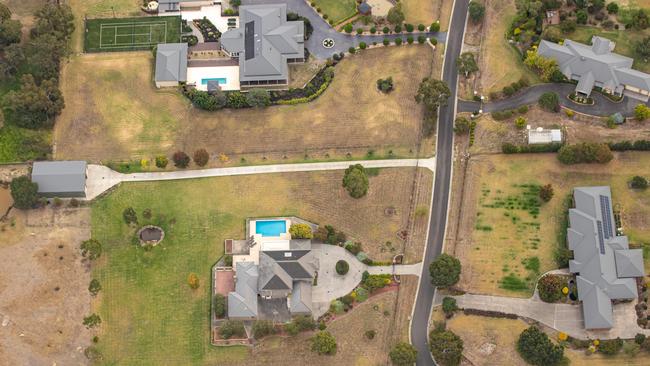
PEXA head of research Mike Gill warned of a considerable shift across New South Wales, Victoria and Queensland, with multiple suburbs sitting in high risk postcodes where repayments made up 40 to 60 per cent of monthly income, and major concern now over very high risk areas (where over 60 per cent of postcode median income was required for repayments).
“It’s really important given the fact that interest rates are much higher than they used to be,” he said. “On average, borrowers are now paying 62 per cent more for their repayments than they were back in 2020, so that’s a fairly significant increase in a pretty short space of time and coupled with that, we know a lot of borrowers went on quite low fixed rates during the pandemic, and they’re rolling off those fixed loans. So now they’re faced with much higher interest rates, and that will put pressure on the family budget.”
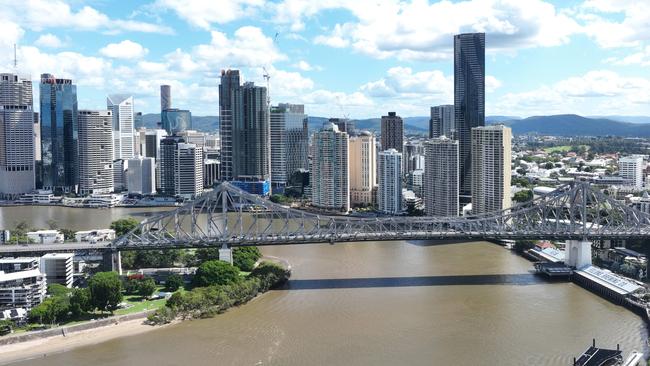
PEXA’s analysis sees 46.1 per cent of all postcodes in New South Wales becoming high risk by May – a rise from nine in December 2020 to 181 this year. Multiple suburbs are in each postcode though the report named the dominant one in each.
Over one in five Victorian postcodes were deemed high risk now (22.3 per cent) – increasing from just two in 2020 to 74 by next month.
Queensland – where no areas were deemed high risk in December 2020 – was expected to see 8.7 per cent of postcodes fall into the category by next month, which is 19 postcodes. The Queensland figure sat at 10 postcodes in December 2022, almost doubling in less than six months.
Property prices were driving much of the risk, Mr Gill said, with Greater Sydney’s postcodes in danger because of that, though Queensland’s relatively lower property prices were keeping its numbers down so far.
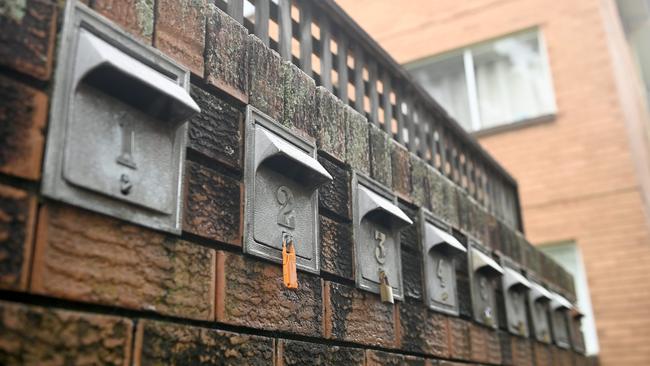
“We’re not saying all of these borrowers will end up in default, but obviously, the more of your income you’re putting into your loan that just puts a lot of pressure on the family budget,” he said. “We’re not forecasting mass fire sales because of this or the market turning on its head, but we do expect some borrowers will be impacted quite a lot by these changes.”
Affluent suburbs were “no longer immune”, Mr Gill said, with the data finding the highest mortgage risk postcode in all three states were more expensive areas – 2063 in NSW which includes Northbridge where mortgage repayments were estimated at 71.8 per cent of median incomes there. Victoria’s 3103 topped the state, which includes Balwyn, with 74.2 per cent of median postcode income estimated to make repayments, while Queensland’s 4566 postcode, covering Noosaville and neighbours, was at 58.3 per cent of local median income required for mortgage payments.
Mr Gill said the data also found that while New South Wales and Victoria saw almost 40 per cent of its high risk postcodes made up of very high income areas, in Queensland that swung the other way with around 37 per cent of high risk postcodes in low income areas, and only 11 per cent made up of those with very high income levels.
“Basically at over 40 per cent, we’re saying these postcodes at reasonable risk of being under fairly severe mortgage strain and the reality is some of those borrowers might struggle with their new repayments, and that might end up in default,” Mr Gill said.
Queensland: Postcodes with highest mortgage risk

Postcode (Dominant suburb) % of median postcode income required for mortgage repayments
4566 (NOOSAVILLE) 58.30%
4552 (MALENY) 57.10%
4228 (TALLEBUDGERA) 56.90%
4565 (TEWANTIN) 53.80%
4562 (DOONAN) 48.50%
4507 (BANKSIA BEACH) 48.30%
4563 (COOROY) 48.10%
4109 (SUNNYBANK HILLS) 46.90%
4580 (COOLOOLA COVE) 45.30%
4220 (BURLEIGH HEADS) 44.90%
4564 (MARCOOLA) 44.50%
4223 (CURRUMBIN WATERS) 44.40%
4568 (POMONA) 44.00%
4573 (COOLUM BEACH) 42.20%
4520 (SAMFORD VALLEY) 42.10%
4221 (PALM BEACH) 41.90%
4272 (TAMBORINE MOUNTAIN) 41.80%
4224 (TUGUN) 41.30%
4659 (BURRUM HEADS) 40.10%
4511 (NINGI) 39.90%
NSW: Postcodes with highest mortgage risk
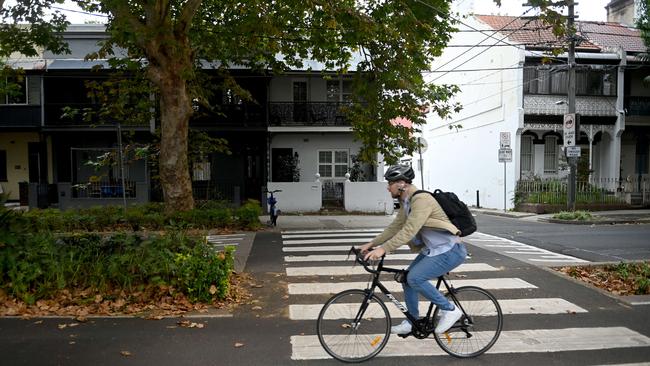
2063 (NORTHBRIDGE) 71.80%
2158 (DURAL) 71.40%
2107 (AVALON BEACH) 69.40%
2208 (KINGSGROVE) 68.20%
2156 (GLENHAVEN) 66.40%
2045 (HABERFIELD) 65.30%
2069 (ROSEVILLE) 65.00%
2190 (GREENACRE) 64.80%
2224 (SYLVANIA) 64.60%
2030 (VAUCLUSE) 64.50%
2157 (GLENORIE) 64.10%
2165 (FAIRFIELD) 63.90%
2576 (BOWRAL) 63.10%
2071 (KILLARA) 62.90%
2197 (BASS HILL) 62.60%
2075 (ST IVES) 62.30%
2221 (BLAKEHURST) 61.70%
2159 (GALSTON) 61.20%
2162 (CHESTER HILL) 60.90%
2164 (SMITHFIELD) 60.90%
Victoria: Postcodes with highest mortgage risk
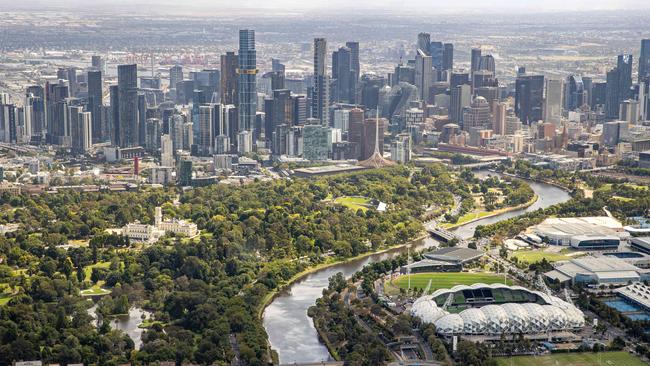
3103 (BALWYN) 74.20%
3104 (BALWYN NORTH) 71.40%
3126 (CANTERBURY) 70.20%
3926 (BALNARRING) 64.60%
3150 (GLEN WAVERLEY) 62.50%
3106 (TEMPLESTOWE) 58.90%
3186 (BRIGHTON) 58.20%
3804 (NARRE WARREN NORTH) 57.60%
3941 (RYE) 56.50%
3940 (CAPEL SOUND) 56.20%
3149 (MOUNT WAVERLEY) 56.10%
3107 (TEMPLESTOWE LOWER) 55.50%
3187 (BRIGHTON EAST) 55.30%
3206 (ALBERT PARK) 55.20%
3109 (DONCASTER EAST) 54.80%
3105 (BULLEEN) 54.20%
3938 (MCCRAE) 54.10%
3230 (ANGLESEA) 53.70%
3129 (BOX HILL NORTH) 53.00%
3133 (VERMONT) 52.70%
(Source: PEXA: May 2023 forecast)
FOLLOW SOPHIE FOSTER ON TWITTER
More Coverage
Originally published as Mortgage shock: Report warns 274 postcodes now at significant risk



